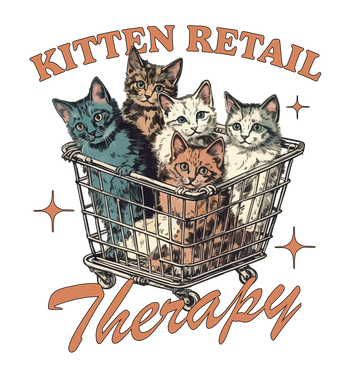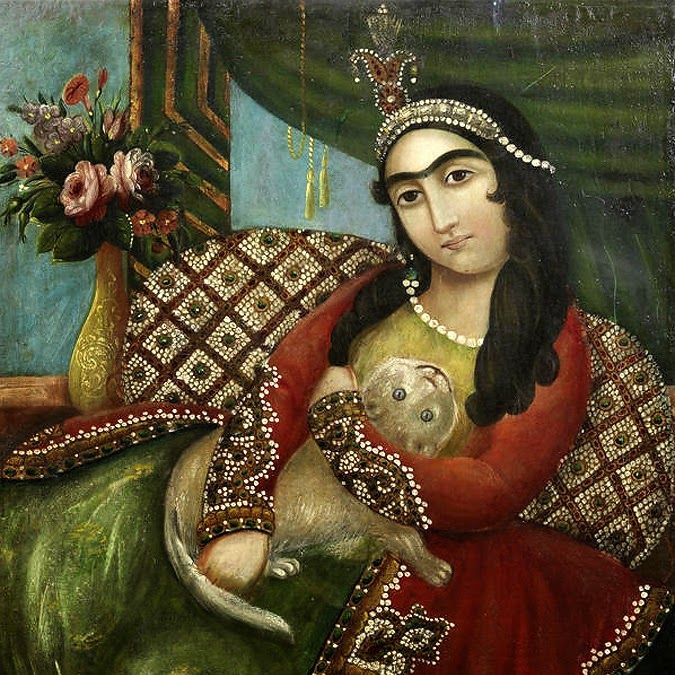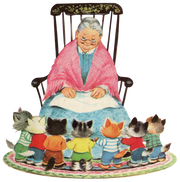|
The Persian cat, with its luxurious coat and striking appearance, is one of the most recognizable and beloved cat breeds worldwide. Originating in Persia, now modern-day Iran, these feline companions have a rich history dating back thousands of years. Let us delve into the fascinating journey of the Persian cat, exploring how its evolution has shaped its unique physical characteristics and enduring popularity. The Persian cat's origins can be traced back to ancient Persia, where they were originally known as "gorbe-ye kab-be" (meaning "lion-like cat"). It is believed that their ancestors were brought to Persia from Turkey and other regions. Over time, the Persian cat became an integral part of Persian society, appreciated for their elegance and royal appearance. The early breeding practices of Persian cats were primarily driven by aesthetics. Persian cats were selectively bred to enhance certain desirable traits such as their long, silky coat, distinctive round face, and stocky build. These intentional breeding efforts have resulted in the Persian cat's distinct appearance that reigns today. One of the most notable features of the Persian cat is its abundant, flowing coat. The initial Persian cats had shorter hair, but over centuries of selective breeding, their coat length extended significantly. Breeding programs focused on developing a longer and more luxurious coat, resulting in the famous "Persian coat" that is an iconic characteristic of the breed. The Persian cat's coat has also evolved in terms of color and pattern variations. Early Persians were predominantly simple solid colored cats. However, breeders strived for diversity, resulting in the emergence of several coat colors and patterns, including solid, bi-color, tabby, and calico. These variations have enhanced the appeal and aesthetic diversity of the Persian cat breed. The facial structure of Persian cats has undergone considerable changes throughout its evolution. Early Persian cats possessed a more elongated face, similar to the modern-day Turkish Van cat. However, breeders selectively bred for a flatter facial profile with a distinctive round face. This enhanced facial appearance became one of the defining features of Persian cats, contributing to their unique charm. The popularity of Persian cats rose steadily during the 19th and 20th centuries. They gained recognition in international cat shows and captivated the hearts of cat lovers worldwide. To meet the growing demand for Persian cats, breeding programs focused on preserving and refining their desirable physical traits. Today, the Persian cat continues to evolve while retaining its signature beauty. Selective breeding has prioritized maintaining the Persian cat's unique appearance alongside a focus on improving health and temperament. Dedicated breeders strive to reduce health issues associated with facial structure, such as excessive tearing and breathing problems, to ensure the breed's long-term well-being. The evolution of Persian cats is a testament to human fascination with creating aesthetic beauty and companionship. From their ancestral origins in ancient Persia to their enduring popularity in modern times, Persian cats have captivated cat enthusiasts worldwide. Their luxurious coats, round faces, and distinctive appearance have made them one of the most renowned and sought-after cat breeds. By carefully balancing aesthetics with responsible breeding practices, the evolution of Persian cats has not only enhanced their visual appeal but also prioritized their overall health and well-being.
0 Comments
Leave a Reply. |
AmyMy name is Amy and I raise kittens. Archives
July 2024
Categories |





 RSS Feed
RSS Feed